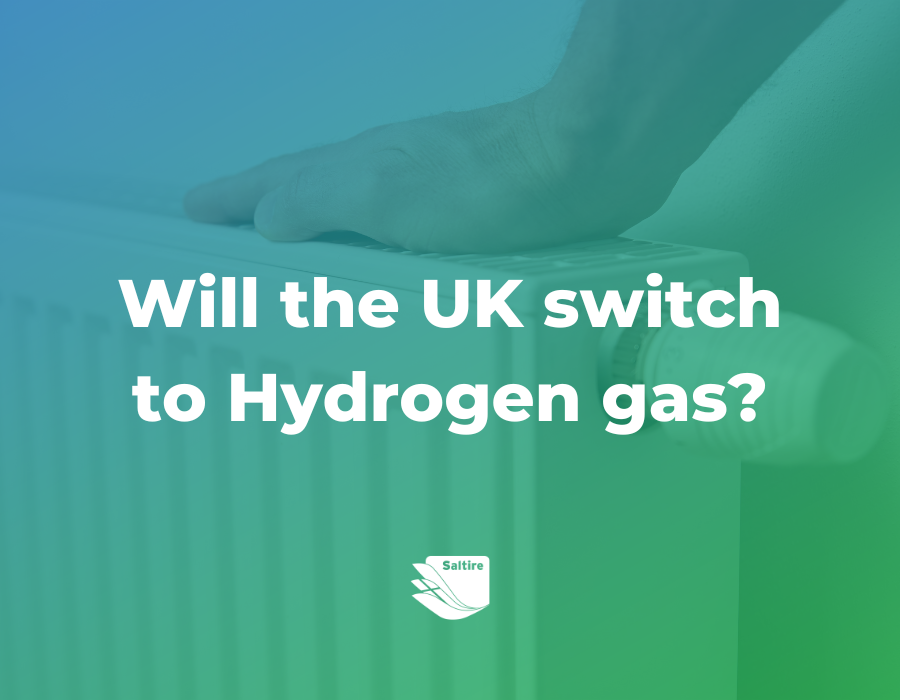Solar thermal and solar PV (photovoltaic) are two distinct technologies that harness solar energy but serve different purposes:
- Solar Thermal: Solar thermal systems capture the sun’s heat and use it directly for water heating or space heating. Solar thermal collectors, typically mounted on roofs, absorb sunlight and transfer the heat to a fluid (usually water or a heat transfer fluid) circulating through the system. This heated fluid is then used for domestic hot water, space heating, or even industrial processes. Solar thermal systems are primarily focused on capturing and utilizing solar heat energy.
- Solar PV: Solar PV systems convert sunlight directly into electricity using photovoltaic panels. These panels are made up of multiple solar cells that generate an electric current when exposed to sunlight. The electricity produced by solar PV systems can be used to power various electrical devices, appliances, or be fed back into the grid for net metering. Solar PV systems are primarily focused on generating electricity from solar energy.
In summary, solar thermal systems primarily capture solar heat for water heating or space heating applications, while solar PV systems directly convert sunlight into electricity. The choice between the two technologies depends on the specific energy needs and objectives of the application. Solar thermal is more suitable for heating applications, while solar PV is ideal for generating electricity.



